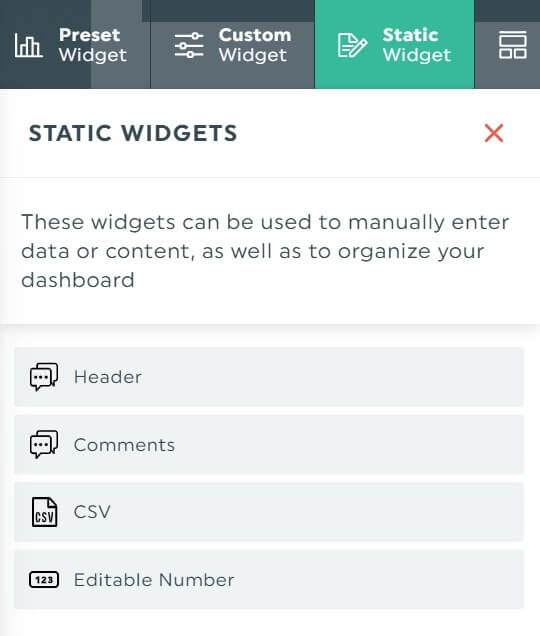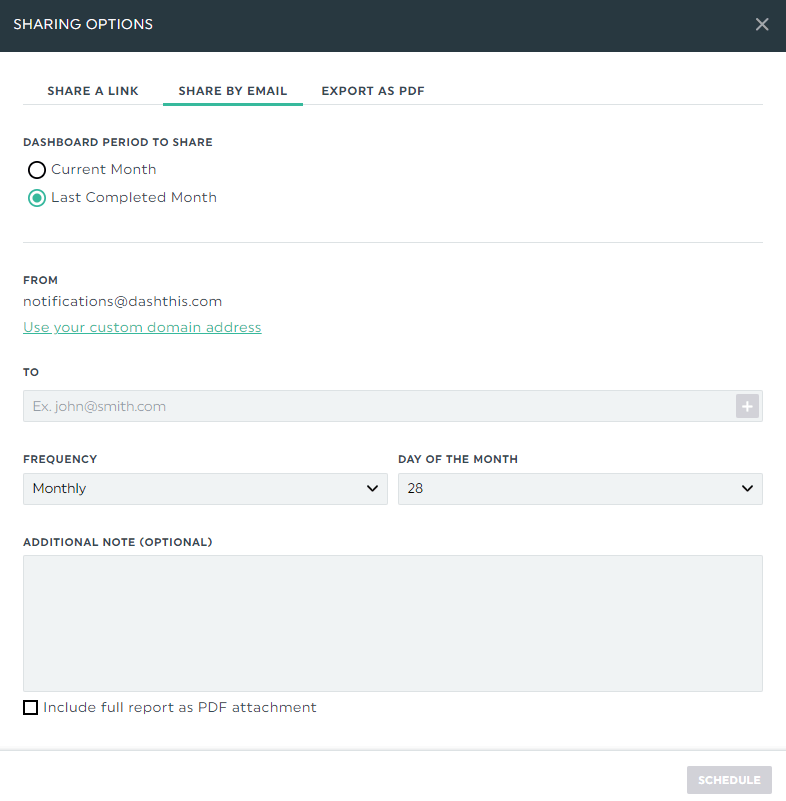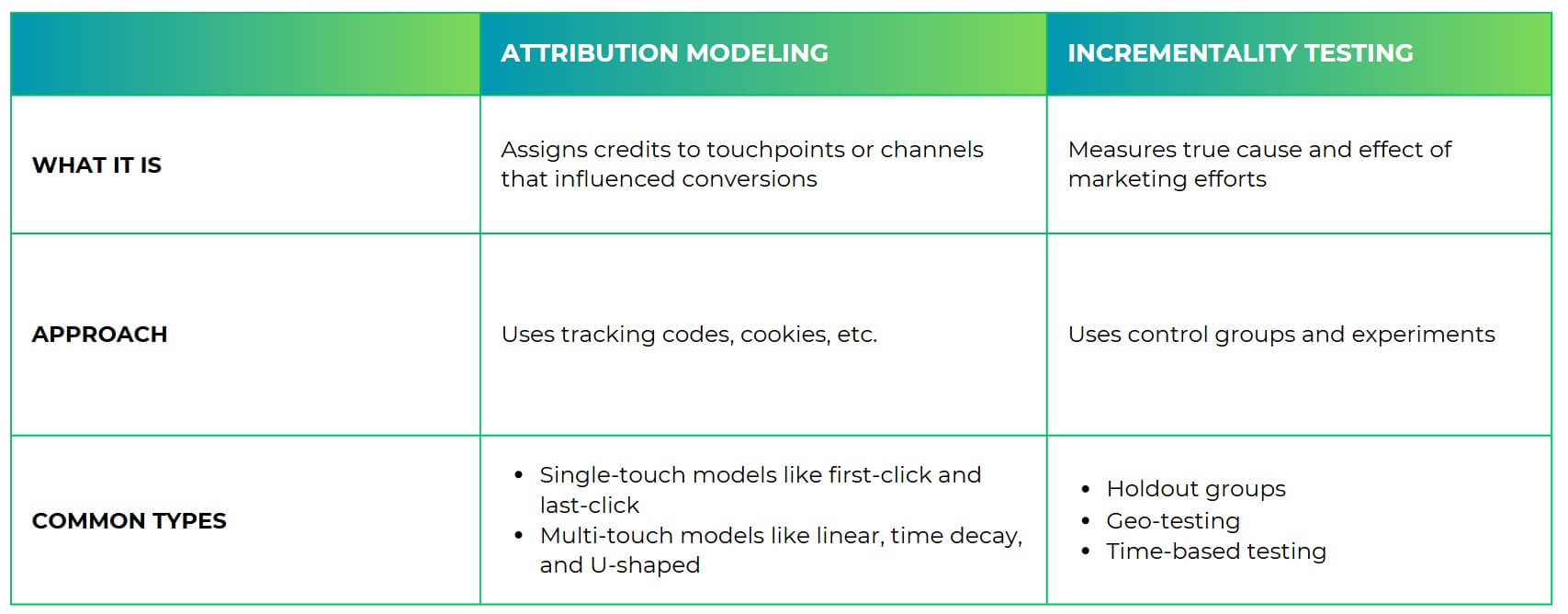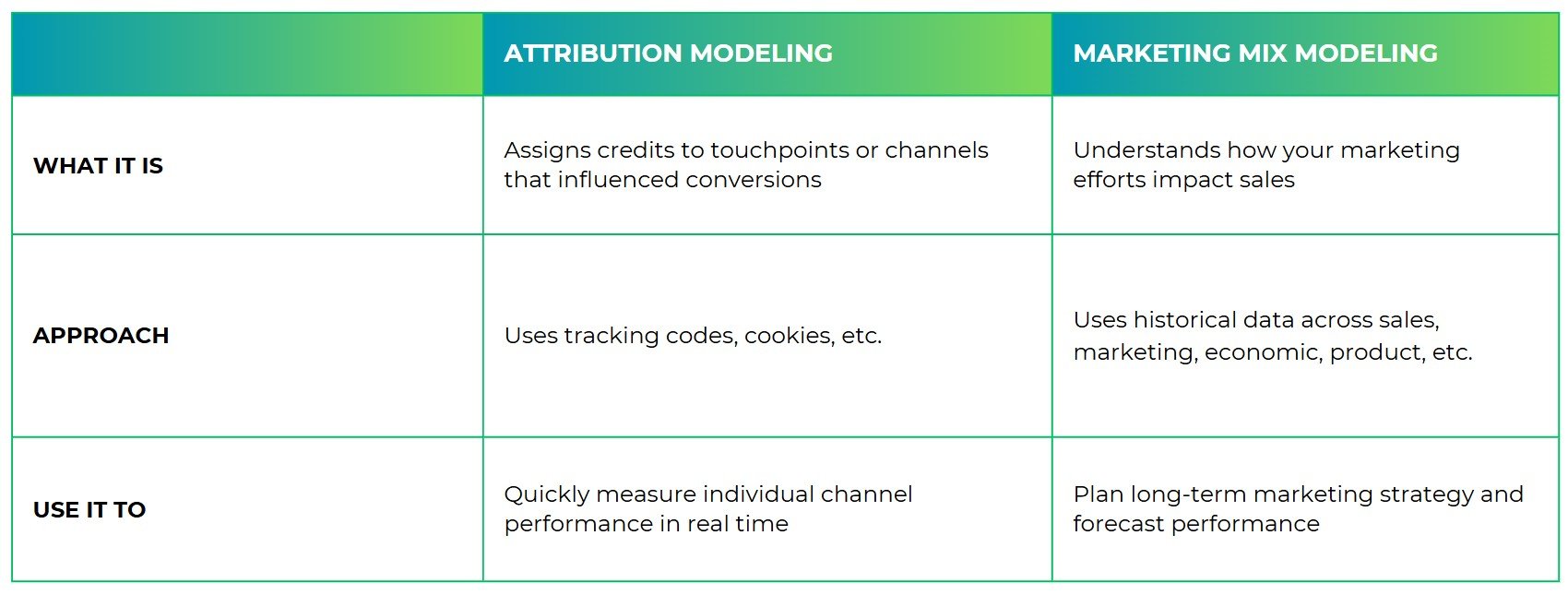Marketing Effectiveness: 10 Metrics To Start & Tools for ROI

Proving ROI is the toughest challenge marketers face today.
Without proof of marketing impact, your CEO is unlikely to give you the green light for the next campaign. Meanwhile, you’re left guessing which channels drive revenue growth, wasting resources on underperforming tactics, and missing untapped opportunities.
That’s why it’s so important to track the effectiveness of your marketing.
By bridging the gap between your work and business objectives, you validate your hard-won strategies and scale confidently. This eventually enables you to make smart data-driven decisions around budget, optimization, and the overall marketing plan. #campaignsuccess
Most importantly, you position your marketing team as a revenue-generating powerhouse, not a cost center that gets booted during budget cuts.
Don’t know where to start?
That’s why we created this primer.
- Why Measuring Marketing Effectiveness Is Crucial
- 10 Top Metrics to Evaluate Marketing Effectiveness
- Tools and Dashboards to Track Marketing Effectiveness
- Attribution Modeling vs. Incrementality Testing
- Attribution Modeling vs. Marketing Mix Modeling
- Best Practices to Improve Your Marketing Effectiveness
- Automate Your Marketing Effectiveness Reporting with DashThis
Why Measuring Marketing Effectiveness Is Crucial
With privacy laws restricting collecting data, intensified market competition, and AI search toppling click-through rates (CTR), it’s never been more urgent to measure success in your marketing performance.
Track the impact of your marketing initiatives to:
(i) PROVE IMPACT OF MARKETING ON BUSINESS GROWTH
Brands are flip-flopping strategies as economic uncertainty forces budget cuts.
By tracking, you quantify how each marketing dollar drives revenue and convince the higher-ups that your digital marketing team is a growth engine, not an unnecessary expense.

[Data via DashThis] Impressive results like this show emails (and the email marketing team) are here to stay. Also notice how easy it is to identify performance trends, spot outliers, and validate marketing ROI at a glance. Decision-making has never been easier.
(ii) JUSTIFY AD SPEND THROUGH MEASURABLE OUTCOMES
Digital ad costs have surged across platforms, with ROI timelines stretching from weeks to quarters. Highlight direct revenue attribution from each ad channel to secure next quarter’s budget.
(iii) SAVE RESOURCES
Whether you’re using attribution modeling or measuring true incrementality — which we’ll get to in a second — you accurately identify which campaigns drive results and which drain resources.
This lets you reallocate a percentage of wasted spend into high-performing channels, boosting the overall return on investment.
10 Top Metrics to Evaluate Marketing Effectiveness
These marketing metrics fall into two categories: brand lift measuring target audience perception and performance metrics tied to revenue growth.
Choose from this list to track your marketing campaigns across the funnel.
Brand metrics

- Brand awareness: Percentage of users familiar with your brand, demonstrating market share.
- Ad recall: Percentage of users who remember your ad after seeing it, showing its memorability and impact.
- Share of voice (SOV): Percentage of online conversations mentioning your brand versus competitors, revealing your market position.
- Customer sentiment: A quantifiable measure of customers’ attitudes toward your brand. This metric relates to customer retention, loyalty, and advocacy.
Performance-based metrics

- Engagement rate: Percentage of users that engaged with your content through comments, clicks, shares, and likes. This customer engagement metric signals audience interest and content resonance.
- Conversion rate (CVR): Percentage of users who completed a desired action, measuring your content’s persuasiveness. Track it alongside CTR to measure the effectiveness of your messaging (e.g., headline, call to action).
- Marketing ROI: Profit generated from marketing investments. This helps plan future budget allocations.
- Cost per acquisition (CPA): Total cost to acquire a lead. Not to be confused with customer acquisition cost (CAC) which is the cost you pay to acquire a new customer.
- Revenue per channel: Total revenue generated by a channel. Measure it to identify your top and underperforming channels.
- Customer lifetime value (CLV or CLTV): Average revenue generated from a customer throughout their relationship with your business. This metric determines your acquisition and retention strategies.
Tools and Dashboards to Track Marketing Effectiveness
Manually tracking marketing data devours hours weekly — that’s time better spent on strategic experiments that drive growth.
If you’re drowning in spreadsheets, you need an automated reporting tool like DashThis. 🚨 Check out our free marketing effectiveness tools! Take your pick from 10+ calculators, like Google Ads, ROAS, and TikTok Ads.
DashThis automatically gathers your multi-channel marketing data into easy-to-understand dashboards. By unifying all marketing performance metrics in one place, you can quickly analyze results, extract insights, and gain back hours of your time.
Here’s how it works:
- Select your free all-in-one marketing report template (note: DashThis offers 40+ free marketing report templates)
- Connect your marketing channels with DashThis
- Choose your metrics in Preset Widget
Sit back while your entire raw data is automatically transformed into eye-catching visuals. Drag and drop the metrics as desired.

Customize your marketing dashboard to fit your needs.
For example, if you want to highlight results across different social media channels, separate them with headers (click Static Widget > Header).

Once you’re done, schedule an automatic email dispatch:
- Hover over the Sharing Options icon in the top right corner
- Click Share by Email
- Set the dashboard period and frequency
- Add an optional note
- Click Schedule
Our automatic email dispatch delivers your multi-channel report on your preferred schedule. And yes, stakeholders can view it in real-time!

You’ve got the tools and metrics to track performance. Now comes the crucial part — choosing the most effective marketing measurement framework.
Attribution Modeling vs. Incrementality Testing
Attribution modeling and incrementality testing are two distinct approaches to measuring marketing impact.

🎯ATTRIBUTION MODELING
Attribution modeling determines which touchpoints or channels drove conversions through cookies and pixel tracking, click IDs, and UTM parameters.
(i) Single-touch
A single-touch attribution model assigns 100% credit to an individual interaction in the customer journey. Types of single-touch attribution include:
- First-click (a.k.a. first-touch): Assigns credit to the first online interaction.
- Last-click (a.k.a. last-touch): Assigns credit to the final online interaction before conversion.
(ii) Multi-touch
A multi-touch attribution model distributes credits across multiple touchpoints or channels throughout the customer journey. Variations of multi-touch models include:
- Linear: Assigns credit equally across all touchpoints in the customer journey.
- Data-driven: Uses machine learning to analyze existing marketing data and determine a touchpoint’s credit for assisting a conversion.
- Time decay: Assigns more credit to touchpoints closer to a conversion.
- U-shaped: Assigns more credits to the first and last touchpoints, with the remaining smaller credits going to the middle touchpoints.
- W-shaped: Assigns more credits to the first, middle, and last touchpoints, with the remaining smaller credits going to the rest of the touchpoints.
🎯INCREMENTALITY TESTING
Incrementality testing reveals the true causal impact of your marketing campaigns by isolating them from all variables in a controlled experiment.
It divides audiences into two groups: the control and test group.
It then measures the additional conversions from a marketing campaign, eliminating the correlation vs. causation confusion that often plagues attribution models.
Common types of incrementality testing include:
- Holdout group testing: An experiment where a test group receives the campaign but the control does not.
- Geo-testing: Divides geographic regions into test and control groups (e.g., Ad shown to LA users, but not NYC).
- Time-based testing: Compares campaign results over time periods.
Incrementality testing offers a straightforward way to evaluate your marketing efforts. Since you’re limiting your campaigns to controlled environments, you can confidently validate and scale with zero guesswork.
While attribution models help you understand your digital conversion paths in a bird’s-eye view, incrementality testing examines the specific marketing initiatives that boost conversions.
Attribution Modeling vs. Marketing Mix Modeling

To recap, attribution modeling determines how much credit to assign to different touchpoints or channels driving conversions.
Marketing mix modeling (MMM) is an advanced statistical analysis that helps you understand how your entire marketing ecosystem — including hard-to-measure offline channels — impacts sales.
Unlike touch-based attribution threatened by cookie deprecation, it provides reliable and privacy-resilient results.
Attribution modeling helps you understand individual digital conversion paths, whereas MMM determines your long-term marketing strategy.
The latter answers questions like “What’s our ROI?”, “Where should we focus next?”, and “How much should we allocate to marketing?”
Best Practices to Improve Your Marketing Effectiveness
Before tracking your marketing effectiveness, implement these best practices:
(i) COMBINE SHORT-TERM METRICS WITH LONG-TERM BRAND HEALTH
No model is perfect.
Integrate attribution modeling and incrementality testing within your MMM framework for short, mid, and long-term marketing effectiveness. This strategy gives you a complete picture of your marketing efforts.
While attribution optimizes individual channels, incrementality testing validates impactful programs, and MMM helps you understand your ROI.
(ii) SET THE RIGHT KPIS AND METRICS
Ensure you align with budget, leadership’s goals, and your company’s size.
A smaller business doesn’t need as many key performance indicators as a large corporation. For example, a B2B company with a $50K budget and 30-day sales cycle should focus on lead generation metrics like number of leads.
(iii) INVEST IN MARKETING ANALYTICS PLATFORMS
Whether it’s an automated reporting tool like DashThis or an advanced measurement solution, these platforms help you understand marketing’s impact, plan budgets, and increase growth.
(iv) CONTINUOUSLY TEST AND OPTIMIZE
Keep experimenting.
As you conduct more A/B tests, gather more data, refine demographic segments, generate new hypotheses, and continue to learn and improve.
Automate Your Marketing Effectiveness Reporting with DashThis
There are various methods to track marketing success.
Depending on your marketing budget, goals, and business, use incrementality testing, touch-based attribution, or combine both within a MMM framework to gain a complete picture of your marketing activities.
And while you’re at it, don’t forget to use an automated solution like DashThis.
It automatically consolidates your entire multi-channel data into one digestible report, saving hours of your time. Quickly extract insights and plan your next move at a glance.
DashThis connects with 40+ popular analytics tools, including LinkedIn, Ahrefs, and MailChimp. It’s the easiest automated reporting tool. Start your free 15-day trial today.
Start tracking your marketing effectiveness with Dashthis today!
Read More
Don’t miss out!
Automate your reports!
Bring all your marketing data into one automated report.
Try dashthis for free

